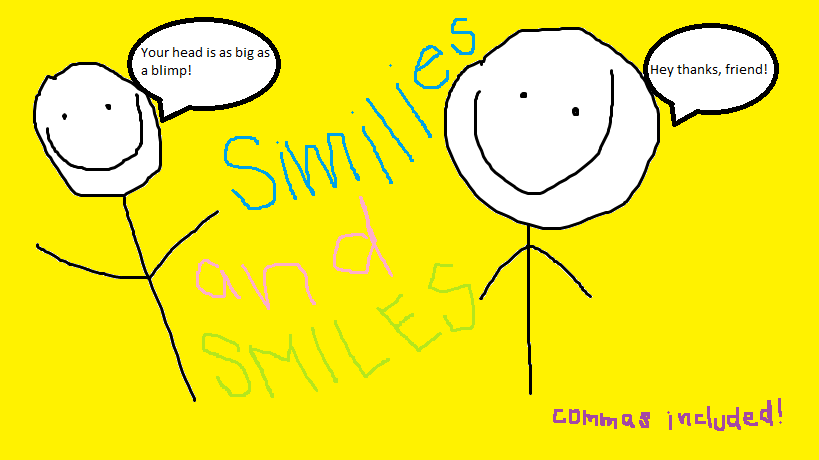America has become accustomed to the “flashy” things in life. The goals are to be richer, have the most cars, have the biggest house, and own the nicest possessions. Many argue that the rich get richer and the poor get poorer, and the rich only give money to the poor every now and then to appease a growing animosity towards the elites. Even so, they are still doing something, right? Extravagance is the key word. More, More, More. Bigger, Bigger, Bigger. These are the obsessions of America. These have always been the obsessions of America, as it grew its fledgling self to a superpower force to be reckoned with. It had to make a name, and there have certainly been ways it has done so.
That’s where the Chicago World’s Fair comes into play.
It would be the exposition to top all expositions. It would beat out France. It would host only the finest exhibits, and only the most advanced ideas to get Americans to notice; to get the world to notice. It was “that marvel of late nineteenth-century hubris, enclosing the greatest volume of unobstructed space in history.” It was certainly, without a doubt, an exhibition of arrogance, with its extravagant size and cost.
Daniel Burnham set out to find only the finest things for the fair. He had decided it needed something of great stature, something to outdo the Eiffel Tower that was brought in for the Paris Exposition. He knew he had to “out-Eiffel Eiffel.” Here, at the Chicago World’s Fair, the Ferris Wheel was born, along with the launch of a newfound materialism and gregarious competition for attention.
All throughout the fair, arrogance was noted. Buildings set up by different countries or states were adamant to be the largest or most ornate of all of the buildings. They aimed to stand apart from the others, creating even a rivalry amongst states in America as well.
Chicago took aim at a high bar to not be the city known for its austere feeling, smoke and dirtiness, and instead found refuge in colorful buildings, welcoming tourists and money.
I believe that in many creative and arrogant endeavors such as the creation of the Chicago World’s Fair (or the World’s Colombian Exposition) it will automatically engender a darker, destructive parallel. With creative minds, come creative solutions, and more often than not, manipulation and greed. The “White City,” white being the symbol of purity and class, had a dark history. Men died during the building of the fair, “savages” were put on display, left for fair-goers to gawk at and dehumanize as though they were at a zoo. The fair, and all that the planners wanted it to be, carried with it danger and tediousness that could only be described as a darkness. Its large size brought in millions of visitors, and even the most notorious at that. H.H. Holmes brought his Dark Castle to the 63rd Chicago block, fully aware of the influx of people that were going to arrive because of the fair. With concentration on such a large event, police and media were distracted, giving Holmes the perfect opportunity to murder and torture with the newly arriving women that journeyed to Chicago for a glimpse at the extravagance and arrogance of the fair.

No comments:
Post a Comment